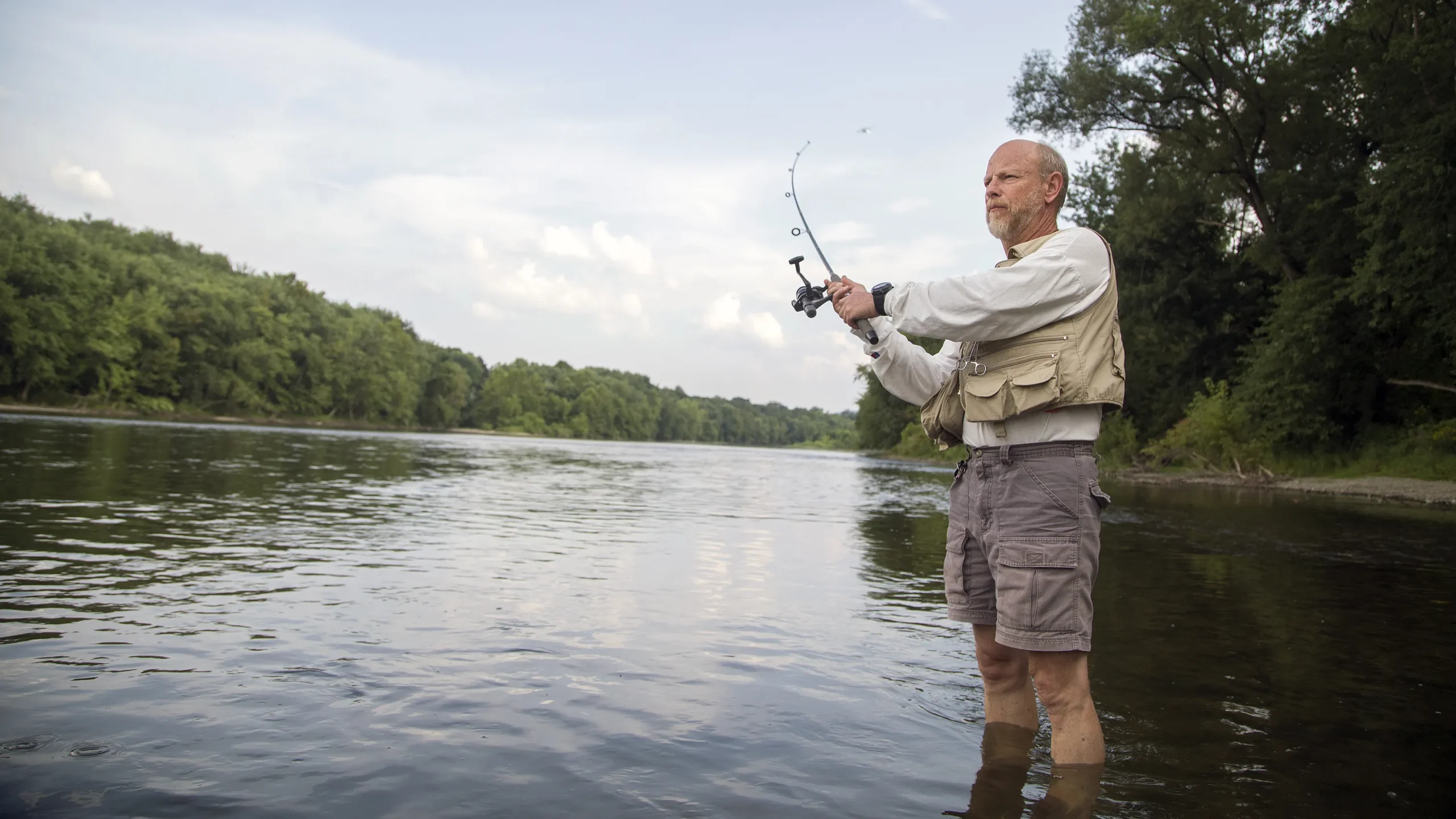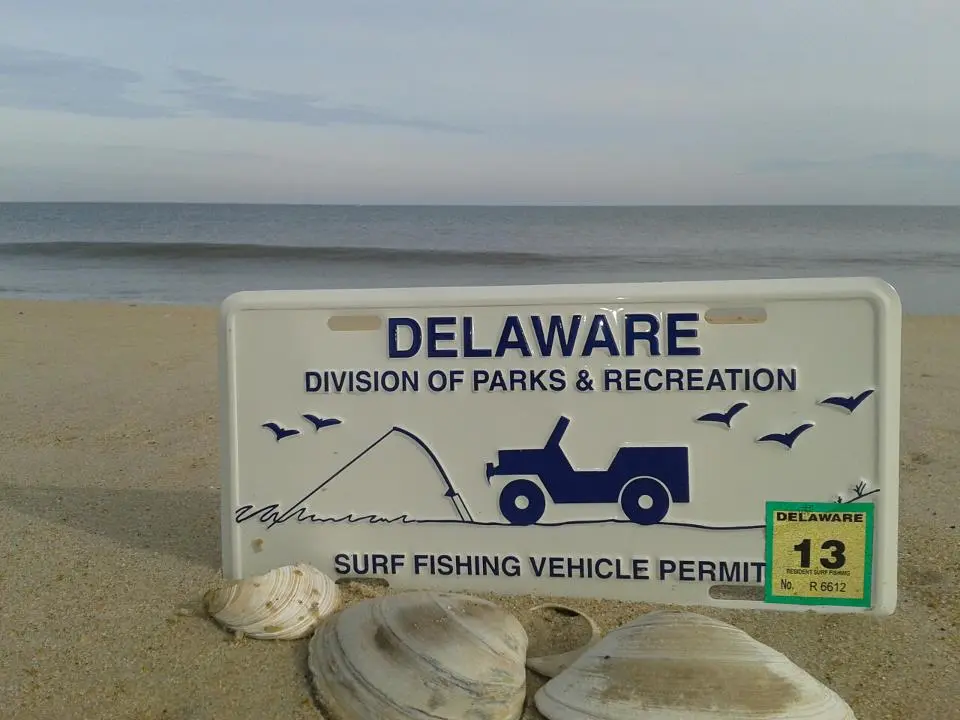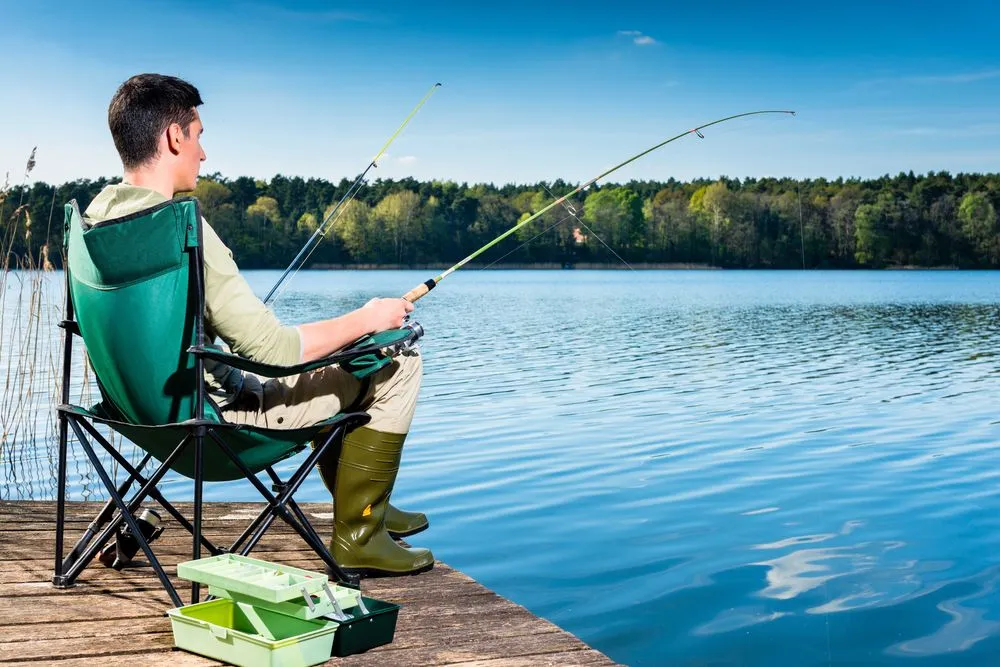Physical Address
304 North Cardinal St.
Dorchester Center, MA 02124
Physical Address
304 North Cardinal St.
Dorchester Center, MA 02124

Fishing in New York offers unparalleled diversity—from the Great Lakes to the Atlantic Coast—but navigating its regulations can feel like untangling a fishing line in the dark. Whether you’re casting for striped bass in the Hudson River or trout in the Adirondacks, this guide cuts through the complexity. We’ll walk you through licenses, seasonal rules, protected zones, and 2025 updates, ensuring you stay compliant while maximizing your time on the water. Access the most recent updates and official guidelines on the NYSDEC Fishing Page.
A valid license is your passport to legally angling in New York’s rich waters. Understanding the requirements ensures a hassle-free experience. Begin your licensing journey on the NYSDEC Licensing Page.
Choose the license that best fits your angling needs. Explore all license options on the NYSDEC Licensing Page.
| License Type | Cost (Resident) | Cost (Non-Resident) |
|---|---|---|
| Annual Freshwater | $25 | $50 |
| 7-Day Freshwater | $12 | $28 |
| Lifetime (0–69 yrs) | $460 | N/A |
| Saltwater Registry | Free | Free |
Pro Tip: Purchase licenses online via the NYSDEC website or at Walmart—no appointment needed. Ensure you have all required documentation handy.
New York’s regulations balance conservation with angler access. Always verify rules for your target species and location before casting. Stay informed with the latest updates from NYSDEC.
Navigate saltwater fishing with ease by knowing the specific rules for each species. Consult the NYSDEC’s saltwater fishing guidelines.
| Species | Minimum Size | Daily Limit | Open Season |
|---|---|---|---|
| Striped Bass | 23–28” | 1 | April 1–Nov 30 |
| Summer Flounder | 18.5” | 3 | May 1–Oct 9 |
| Scup (Shore) | 9.5” | 30 | May 1–Dec 31 |
| Bluefish | None | 3–5 | Year-round |
Keep track of freshwater fishing seasons to ensure compliance. The NYSDEC website provides detailed information.
Hotspot Alert: NYC reservoirs like Central Park’s Harlem Meer mandate catch-and-release and barbless hooks. Check signage for specific regulations.
New York prioritizes sustainability through strict zoning and gear restrictions. Explore protected areas on the NYSDEC website.
Why It Matters: DEC reports show regulated fishing has boosted striped bass populations by 30% since 2021. Support conservation by adhering to all rules.
Enhance your fishing experience and avoid fines by following these tips. Stay informed with updates from NYSDEC.
A Lesson Learned: I once faced a $250 fine for mismeasuring a fluke by half an inch off Montauk. Now, I carry a laminated ruler in my tackle box!
Keep your finger on the pulse of New York fishing regulations. Monitor the NYSDEC website for ongoing updates.
New York’s fishing regulations aren’t just red tape—they’re lifelines for ecosystems and future anglers. By following these guidelines, you’re not only avoiding fines but also preserving the thrill of the catch for generations. Bookmark this guide, share it with your fishing crew, and remember, tight lines! For more state-specific tips, explore reliable fishing resources and always consult the official NYSDEC website for the most current information.

